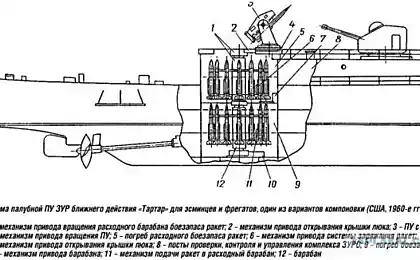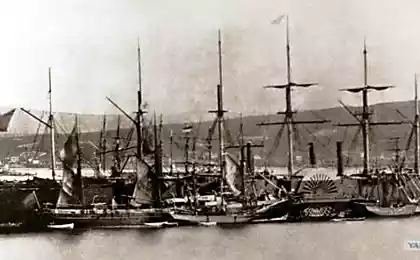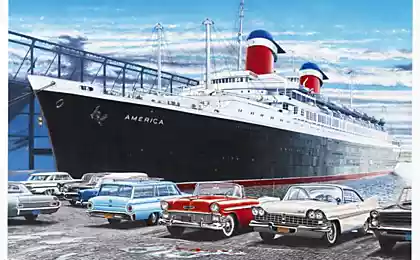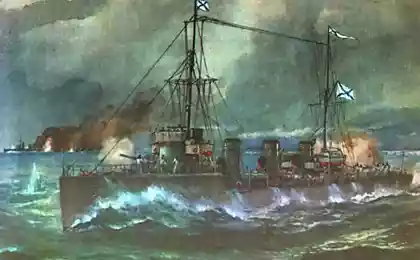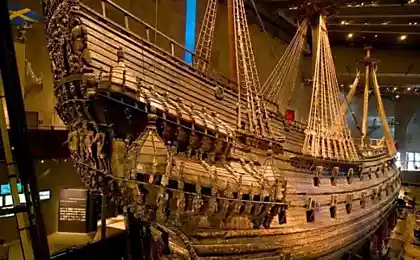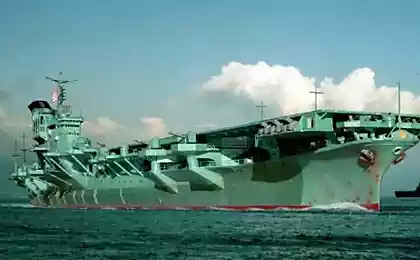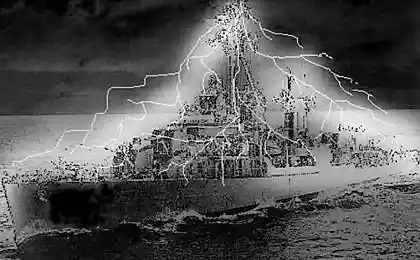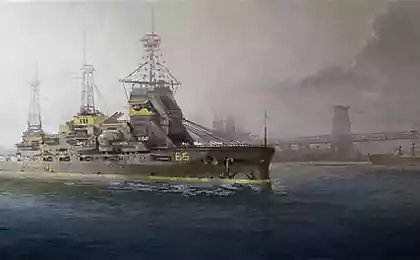890
Museum ship
Vasa - the world's only surviving ship of the XVII century. Due to the fact that survived more than 95 percent of the original design elements, as well as hundreds of carved sculptures, Vasa is a unique artistic value and one of the most prominent tourist attractions in the world scale.
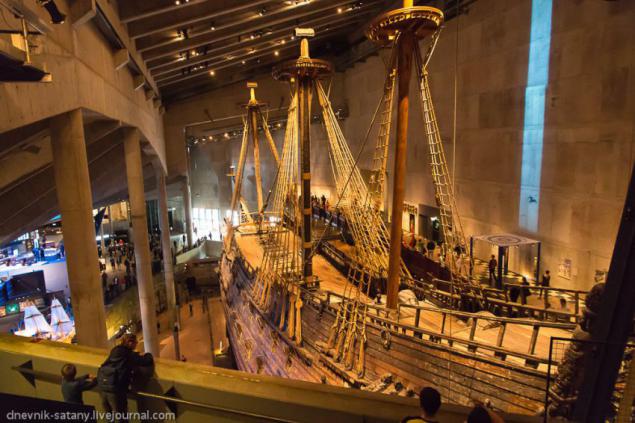
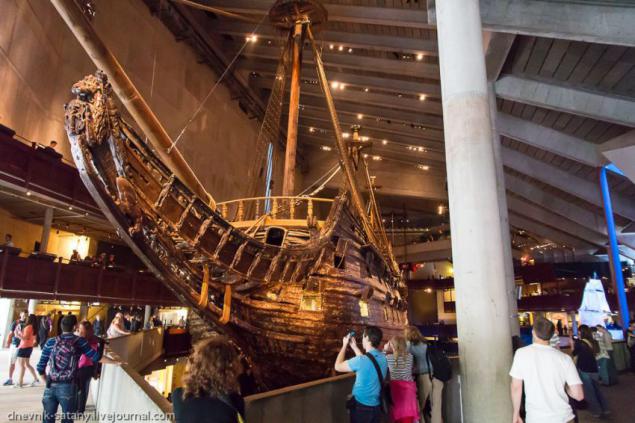
August 10, 1628 sailed from the harbor of Stockholm largest warship. It was newly built Vasa, named after the ruling dynasty. As part of the ceremony was performed a salute from the cannons, located in the holes on both sides of the ship.
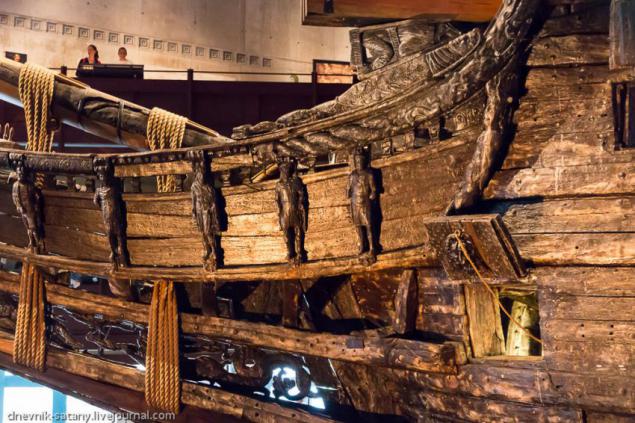
As the ship moved slowly toward the entrance to the harbor, a sudden gust of wind blew. Vasa bent, but then straightened. The second impulse blocked the ship on its side. Through the open holes for guns gushing water. Vasa sank to the bottom, becoming grave for at least 30, and perhaps 50 of the 150 crew members. And only after 333 years Vasa again saw the light of day.
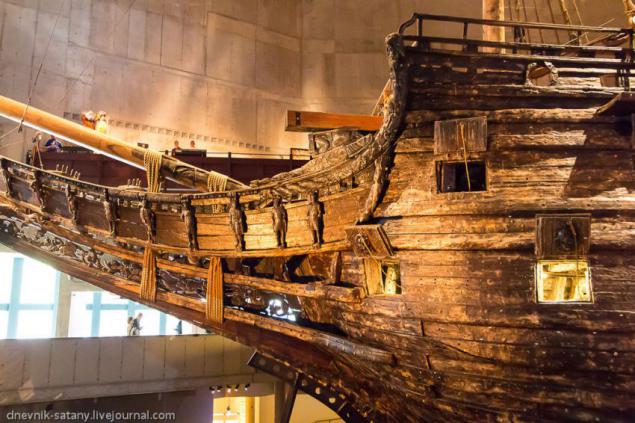
After several years of preparatory work Vasa was raised from the seabed 24 April 1961
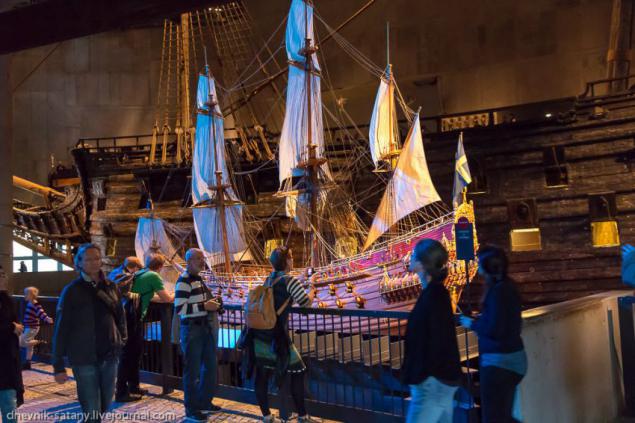
At the Vasa was raised to the surface of 14 000 wooden objects, including 700 sculptures. Their preservation was carried out individually; Then they took their original places on the ship.
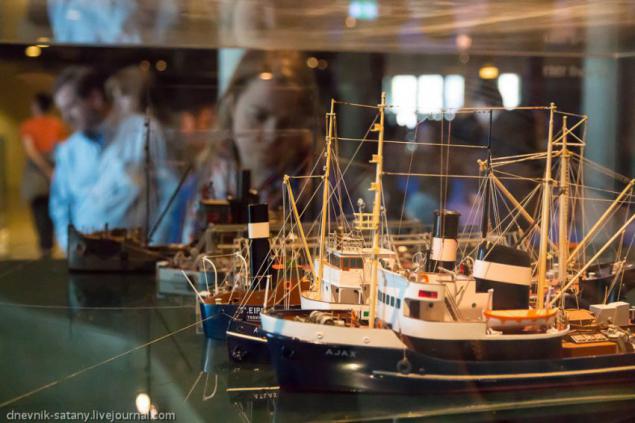
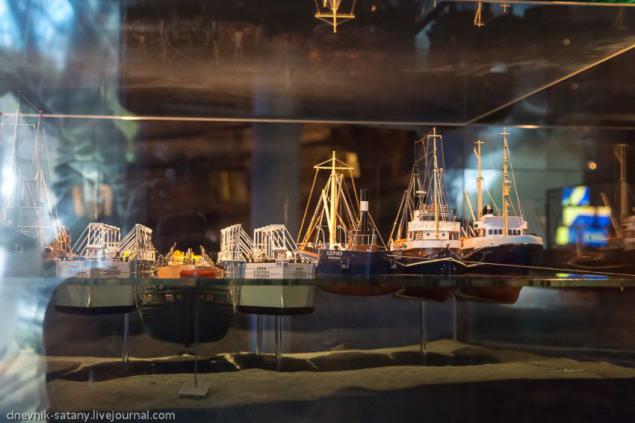
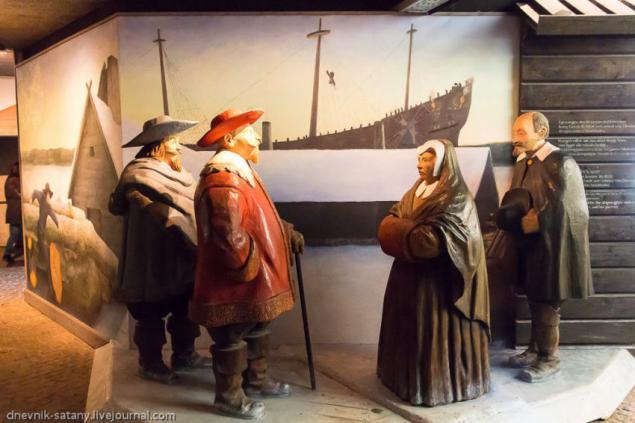
Warships of the seventeenth century were not only war machines, they have also been floating palaces. Saved sculpture had traces of paint and gilding. Modern analysis shows that they were painted in very bright colors on a red background. Sculptures depicting lions of Biblical heroes, Roman emperors, sea creatures, Greek gods and more. Their purpose was the glorification of the Swedish monarch as well as the expression of his power, culture, and political ambitions.
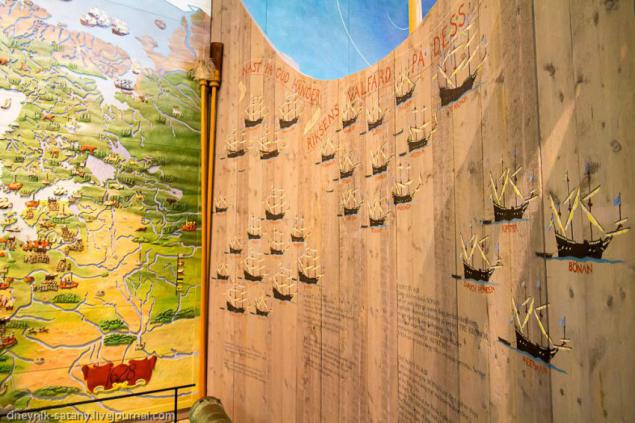
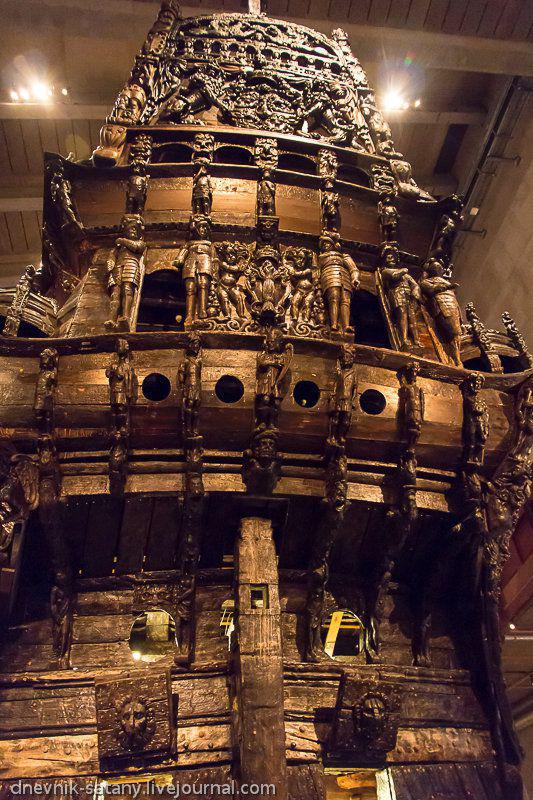
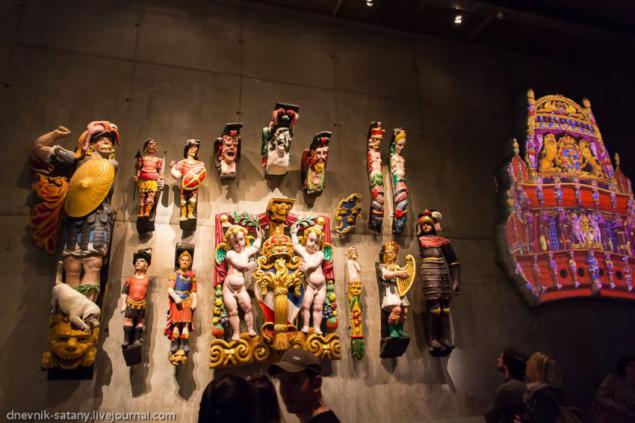
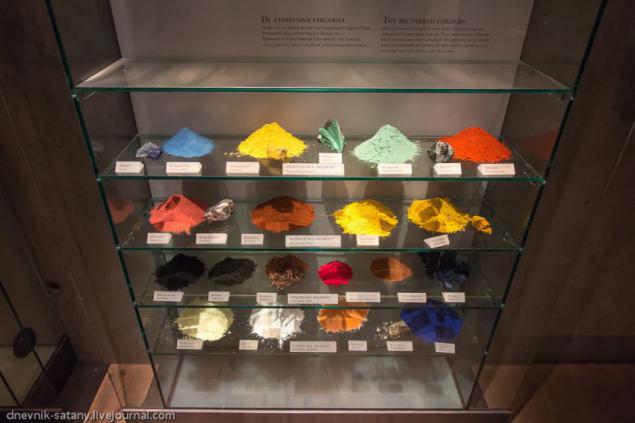
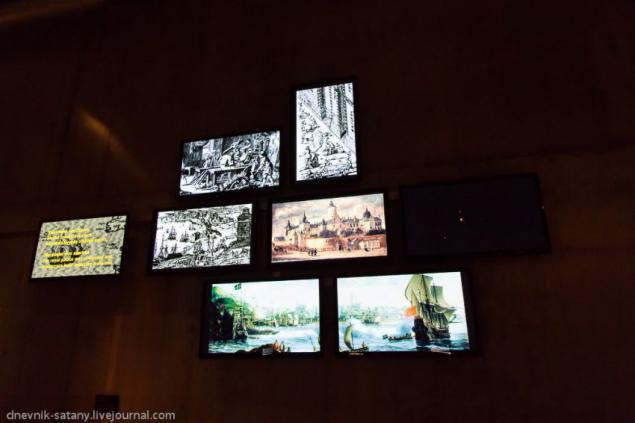
The ship is shown in a specially built museum in Stockholm, which also presented nine exhibits, relating to it, shop with a wide choice of goods and restaurant. It demonstrates a film about the Vasa to sixteen languages. Vasa Museum is visited by large numbers of visitors than any other museum in Scandinavia. Stockholm is worth a visit even for only one Vasa.
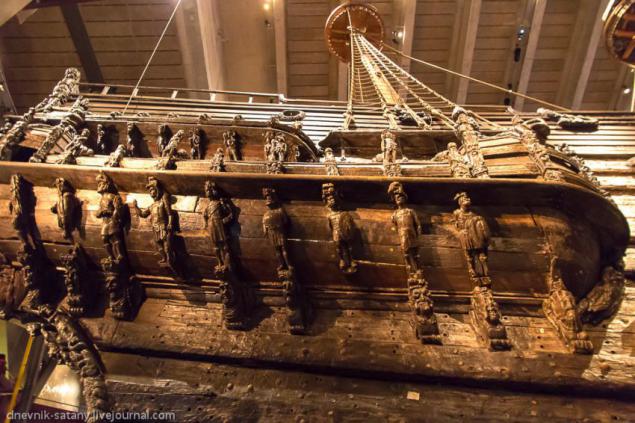
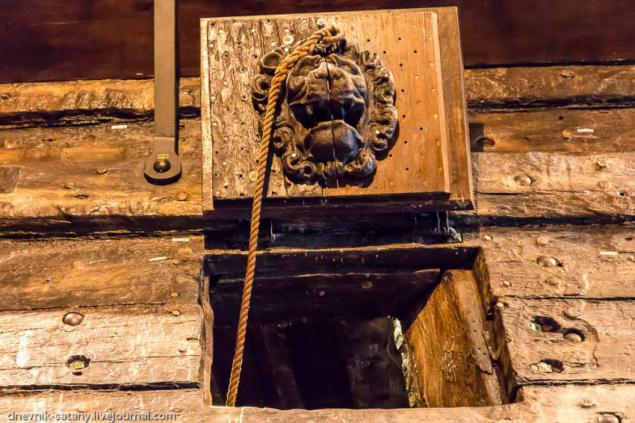
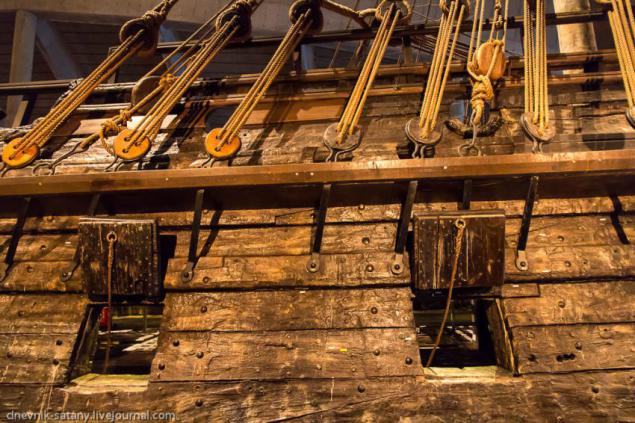
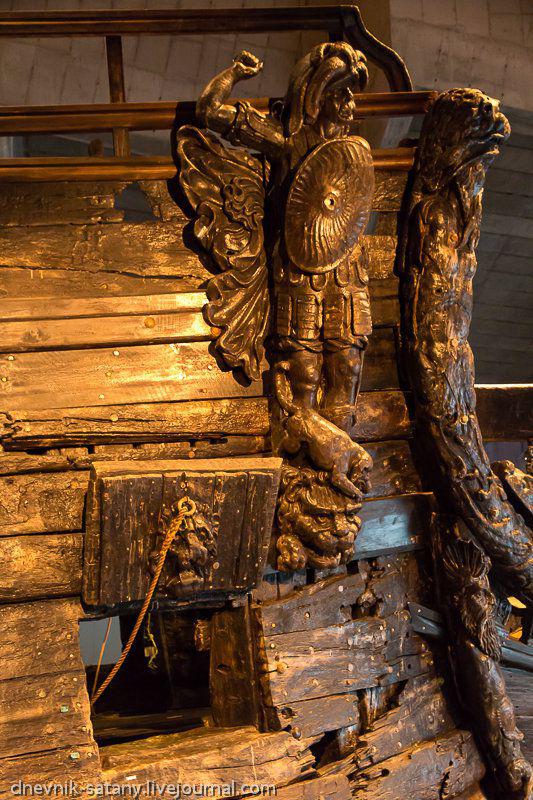
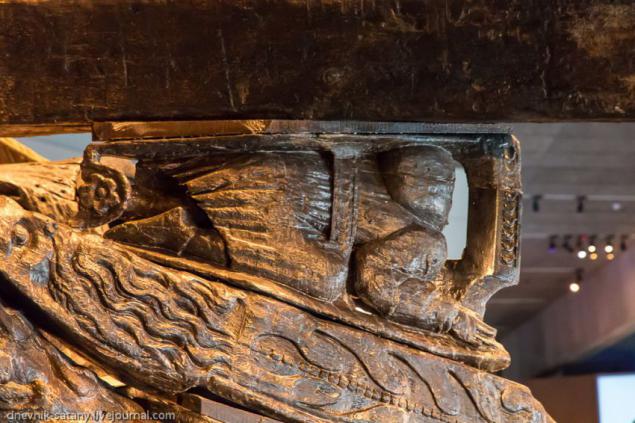
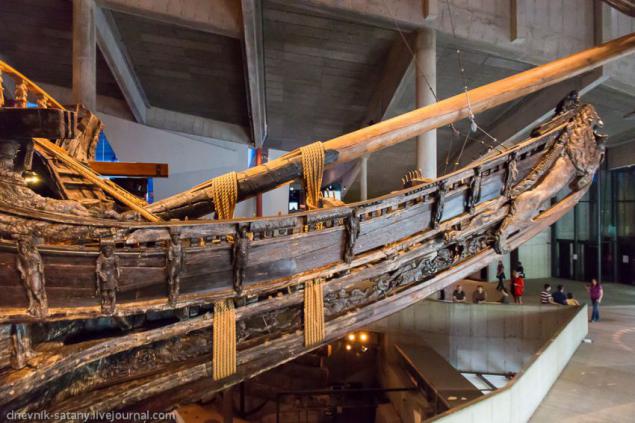
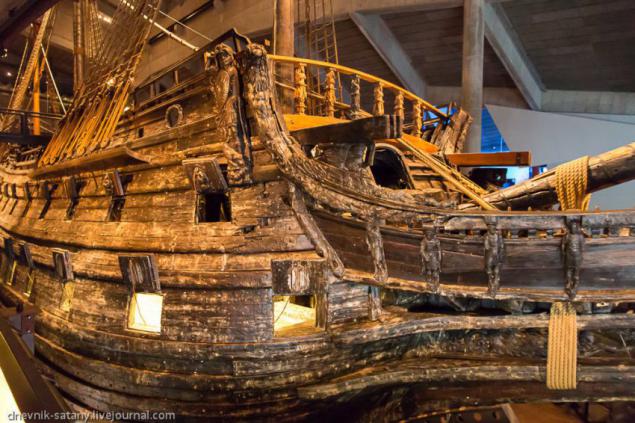
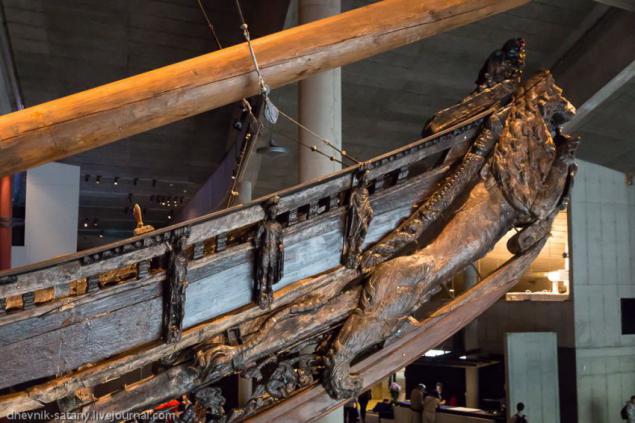
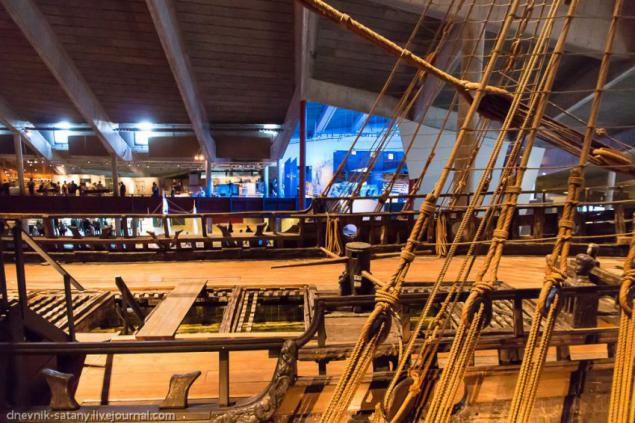
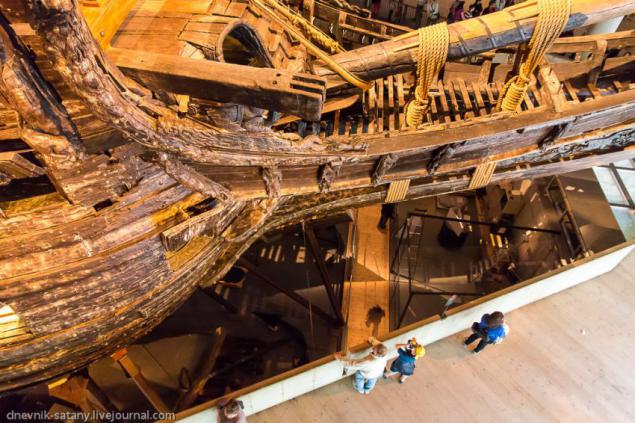
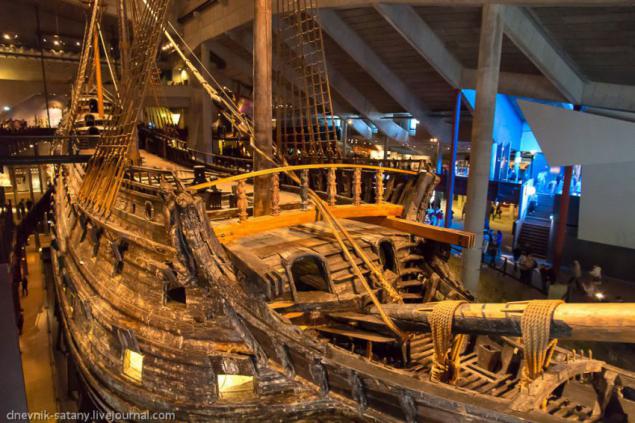
Source: dnevnik-satany.livejournal.com


August 10, 1628 sailed from the harbor of Stockholm largest warship. It was newly built Vasa, named after the ruling dynasty. As part of the ceremony was performed a salute from the cannons, located in the holes on both sides of the ship.

As the ship moved slowly toward the entrance to the harbor, a sudden gust of wind blew. Vasa bent, but then straightened. The second impulse blocked the ship on its side. Through the open holes for guns gushing water. Vasa sank to the bottom, becoming grave for at least 30, and perhaps 50 of the 150 crew members. And only after 333 years Vasa again saw the light of day.

After several years of preparatory work Vasa was raised from the seabed 24 April 1961

At the Vasa was raised to the surface of 14 000 wooden objects, including 700 sculptures. Their preservation was carried out individually; Then they took their original places on the ship.



Warships of the seventeenth century were not only war machines, they have also been floating palaces. Saved sculpture had traces of paint and gilding. Modern analysis shows that they were painted in very bright colors on a red background. Sculptures depicting lions of Biblical heroes, Roman emperors, sea creatures, Greek gods and more. Their purpose was the glorification of the Swedish monarch as well as the expression of his power, culture, and political ambitions.





The ship is shown in a specially built museum in Stockholm, which also presented nine exhibits, relating to it, shop with a wide choice of goods and restaurant. It demonstrates a film about the Vasa to sixteen languages. Vasa Museum is visited by large numbers of visitors than any other museum in Scandinavia. Stockholm is worth a visit even for only one Vasa.











Source: dnevnik-satany.livejournal.com
